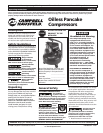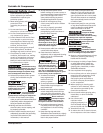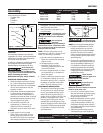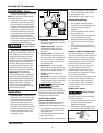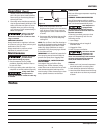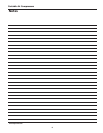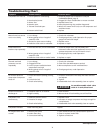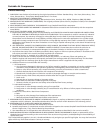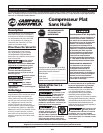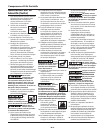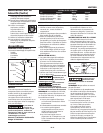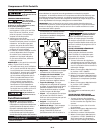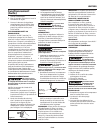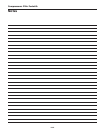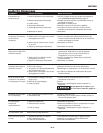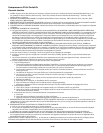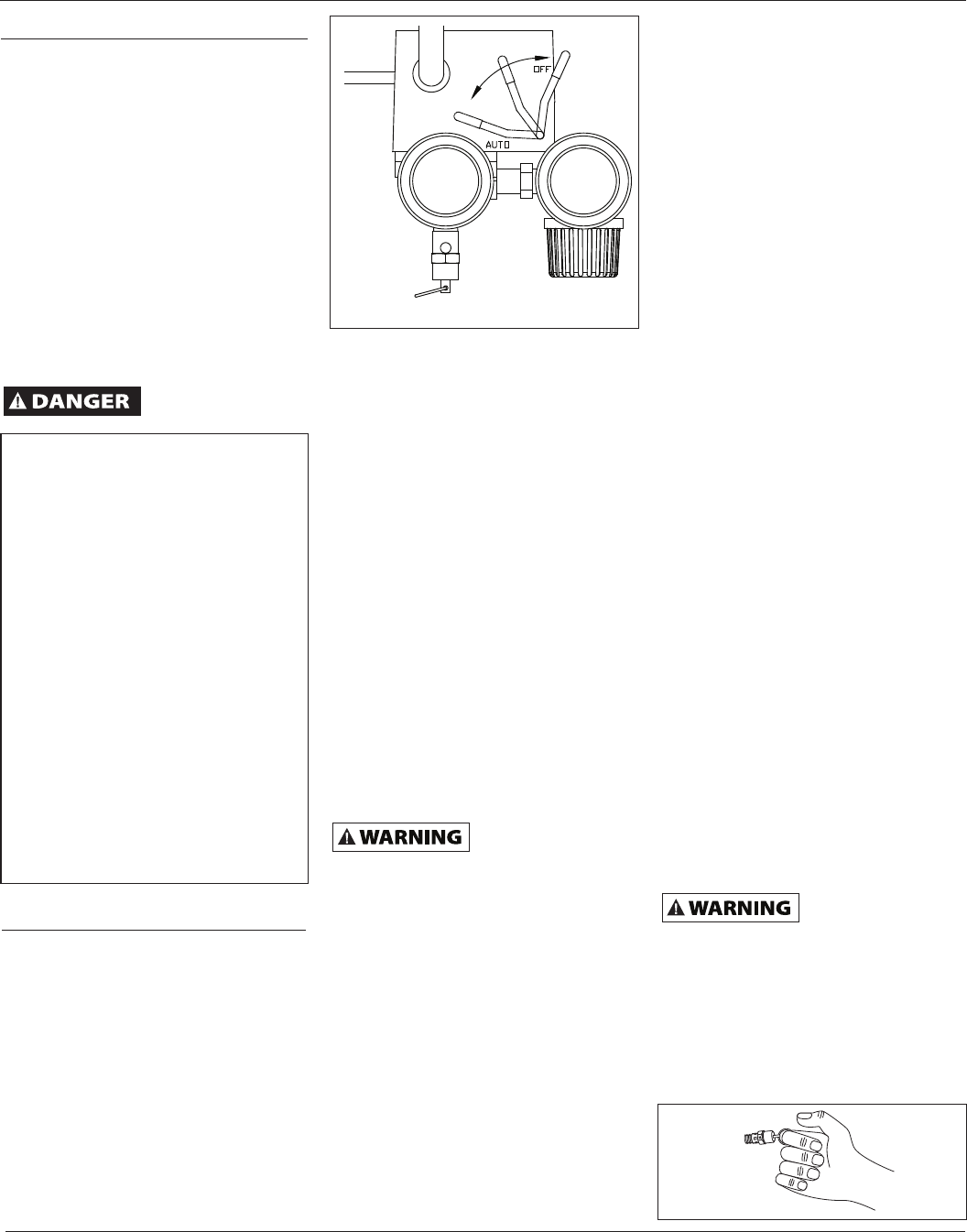
4
Portable Air Compressors
nameplate ampere rating. If in doubt,
use next heavier gauge.
NOTE: The smaller the gauge number,
the heavier the cord.
4. This product is for use on a nominal
120 volt circuit and has a grounding
plug that looks like plug illustrated
in Figure 2. Make sure that product is
connected to an outlet having same
configuration as plug. This product
must be grounded. In the event of
an electrical short circuit, grounding
reduces risk of electrical shock by
providing an escape wire for electric
current. This product is equipped with
a cord having a grounding wire with
an appropriate grounding plug.
Do not use adapter
with this product!
Operation
• Pressure Switch - Auto/Off Switch
(Figure 3) - In the auto position, the
compressor shuts off automatically
when tank pressure reaches the
maximum preset pressure. In the
OFF
position, the compressor will
not operate. This switch should be in
the OFF position when connecting
or disconnecting the power cord
from the electrical outlet or when
changing air tools.
•
Regulator - The regulator controls
the amount of air pressure released
at the hose outlet.
•
ASME Safety Valve - This valve
automatically releases air if the
tank pressure exceeds the preset
maximum.
•
Exhaust Tube - This tube carries
compressed air from the pump to
the check valve. This tube becomes
very hot during use. To avoid the
risk of severe burns, never touch
the exhaust tube.
•
Check Valve - A one-way valve
that allows air to enter the tank, but
prevents air in the tank from flowing
back into the compressor pump.
•
Handle - Designed to move the
compressor.
•
Drain Valve - This valve is located on
the bottom of the tank. Use this valve
to drain moisture from the tank daily
to reduce the risk of corrosion.
Drain liquid from
tank daily.
Reduce tank pressure below 10 psi,
then drain moisture from tank daily to
avoid tank corrosion. Drain moisture
from tank by opening the drain valve
located underneath the tank.
BEFORE FIRST START-UP
BREAK-IN PROCEDURE
(Complete this procedure before using
compressor for the first time. Once
completed, it is not necessary to repeat.)
1. Turn regulator knob fully clockwise
(to the right) to open air flow and
open drain valve.
2. Turn On/Off switch to OFF position.
3. Plug in power cord.
4. Turn On/Off switch to AUTO position
and run compressor for 30 minutes.
5. Turn On/Off switch to OFF position.
6. Unplug power cord.
The compressor is now ready for use.
BEFORE EACH START-UP
OPERATING PROCEDURE
1. Turn regulator knob fully counter
clockwise (to the left) to close air flow.
2. Connect air hose to outlet of
regulator.
3. Turn On/Off switch to OFF position.
4. Plug in power cord.
5. Turn On/Off switch to AUTO position
and let compressor run until it
reaches automatic shutoff pressure.
6. Attach tire chuck or tool to end of
hose.
7. Turn regulator knob clockwise (to
the right) to desired pressure of tool
being used.
ON/OFF CYCLING OF COMPRESSOR
In the AUTO position, the compressor
pumps air into the tank. When a shut-off
(preset “cut-out”) pressure is reached,
the compressor automatically shuts off.
If the compressor is left in the AUTO
position and air is depleted from
the tank by use of a tire chuck, tool,
etc., the compressor will restart
automatically at its preset “cut-in”
pressure. When a tool is being used
continuously, the compressor will cycle
on and off automatically.
In the OFF position, the pressure switch
cannot function and the compressor
will not operate. Make sure switch
is in OFF position when connecting
or disconnecting power cord from
electrical outlet.
ASME SAFETY VALVE
Do not remove or
attempt to adjust
the safety valve!
Check the safety valve by performing
the following steps:
1. Plug the compressor in and run until
shut off pressure is reached (see
Operating Procedure).
2. Wearing safety glasses, pull the ring
on the safety valve (see Figure 4) to
Figure 4
Figure 3 - Auto/Off Switch
www.chpower.com
MOISTURE IN COMPRESSED AIR
Moisture in compressed air will form
into droplets as it comes from an air
compressor pump. When humidity
is high or when a compressor is in
continuous use for an extended period
of time, this moisture will collect in
the tank. When using a paint spray
or sandblast gun, this water will be
carried from the tank through the
hose, and out of the gun as droplets
mixed with the spray material.
IMPORTANT:
This condensation
will cause water spots in a paint job,
especially when spraying other than
water based paints. If sandblasting, it
will cause the sand to cake and clog
the gun, rendering it ineffective.
A filter in the air line, located as
near to the gun as possible, will help
eliminate this moisture.
Installation (Cont.)



